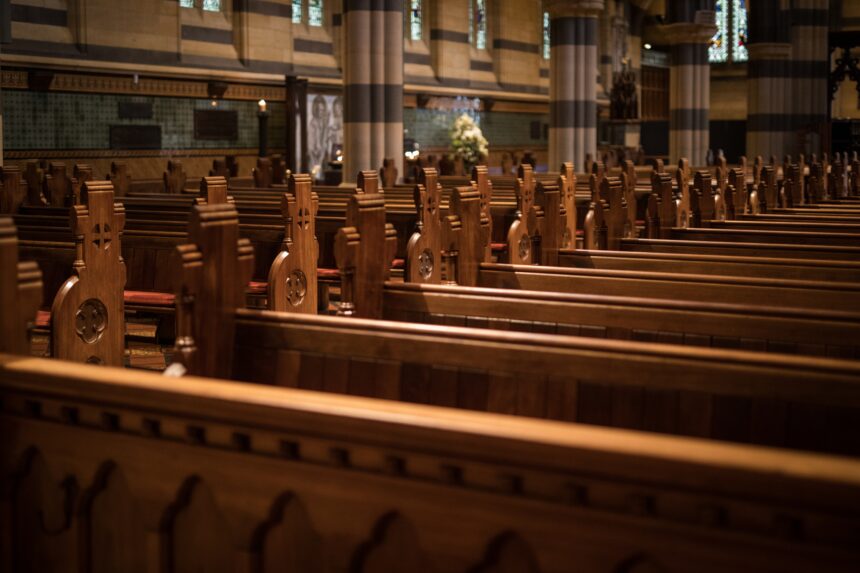The relationship between the church and culture is like an intricate dance played out over centuries. It has left indelible marks on our shared human history, shaping societies and influencing interactions. Picture the church as a lighthouse. Its light represents spiritual teachings and moral values that guide us towards ideals like compassion, charity, and truth. On the other hand, culture is the swirling mix of social behaviours, traditions, and shared values that define a community. These two entities’ fascinating connections are vital to fostering a more compassionate and enlightened society.
Like two dancers sharing a stage, the church and culture continually influence each other. Nestled within culture, the church shapes and is shaped by societal norms and values. Their dance has evolved, with each historical period offering unique challenges and opportunities that re-choreograph their steps.
To understand this dance better, let’s look at some insights from Andy Crouch’s ‘Culture Making.’ Crouch highlights four main ways the church responds to culture:1
Condemning Culture: This happens when parts of culture sharply clash with the church’s teachings. Anything promoting violence, discrimination, or environmental harm, among others, often faces outright condemnation from the church.
Critiquing Culture: This involves critically examining societal norms and trends through the lens of the church’s teachings. This critique may touch upon arts, entertainment, politics, and fashion.
Consuming Culture: Sometimes, the church adopts parts of culture without necessarily considering their spiritual impacts. This could include food habits, clothing styles, languages, and other everyday norms.
Adapting Culture: The church may sometimes use elements of culture to communicate its message more effectively. This could involve adopting certain architectural styles, musical genres, or communication methods.
These four responses often overlap, and depending on the times and needs, the church may use a combination of these to meet its goals. The tricky part is maintaining a balance that respects the church’s teachings and the cultural context.
Today, as our societies become more diverse and inclusive, the church’s interaction with culture is also changing. A confrontational approach could be counterproductive, and traditional methods may need to be supplemented with more innovative and constructive strategies.
One emerging strategy sees individual vocations as tools for expressing our faith values. In this mindset, our jobs are more than just about earning a living. They are platforms for living out principles like honesty, compassion, justice, and excellence that the church upholds. This offers a chance to subtly reshape the surrounding culture by living out these positive values, promoting a practical form of Christianity that connects with contemporary society.
Whether you’re a teacher, artist, doctor, engineer, entrepreneur, or scientist, this mindset lets church members influence the cultural landscape significantly. It encourages active societal engagement, using our individual skills and talents to enrich our communities while also affirming the relevance and vitality of the church’s message.
In conclusion, understanding the dance between church and culture is no easy task. It requires wisdom, creativity, and grace. As church members, we are given the exciting opportunity to positively influence our society. By viewing our vocations as platforms for living out our faith, we can create a ripple effect of positive change, making our community a better place for all.
1Andy Crouch, Culture Making: Recovering Our Creative Calling (Nottingham: InterVarsity Press, 2013), 65–73.


Leave a Reply